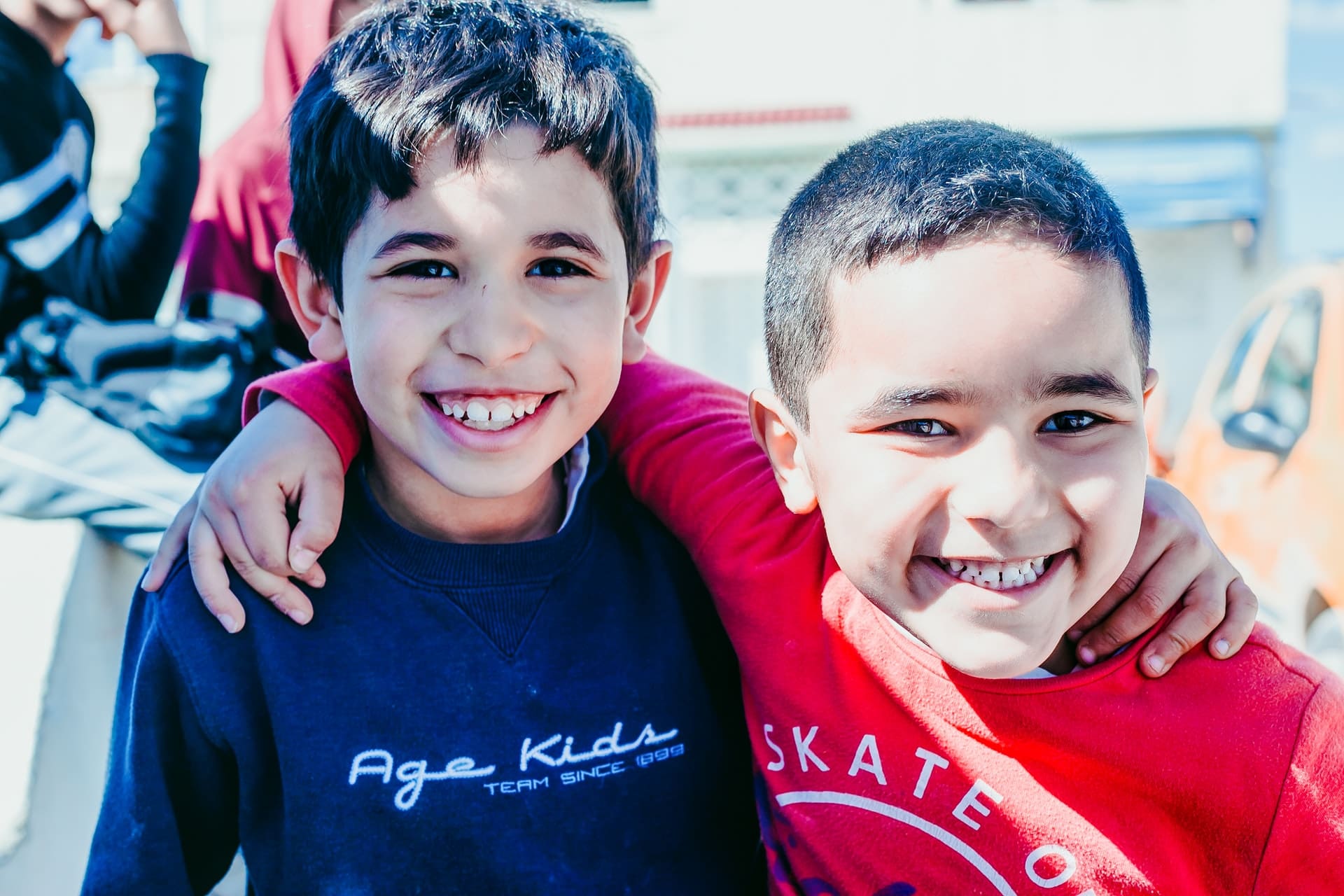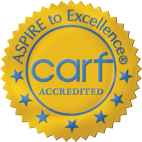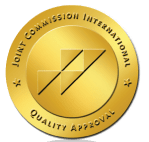November is National Adoption Month. We take time this month to honor the children and parents who have found their way together through adoption.
There are many misconceptions about adoption, so we’d like to honor this month by taking some of the mystery out of foster care adoption.
What is Foster Care Adoption?
Foster care adoption, or “adoption through foster care” or “foster to adopt”, means that a child (age birth through 18, and sometimes even an adult) was in the state child welfare system (called the Department of Children and Families here in Massachusetts) and was unable to return to their biological family or family of origin. Instead, they were legally adopted by another family or individual. This can be a relative, family friend, or completely new person or family who makes a legal, permanent commitment to them. Adoption is finalized in a court and is forever.
Why is “Foster Care” involved? Why not just Adoption?
Children adopted through the child welfare system are in foster care until the adoption is legally finalized in a court of law. Their journey almost always begins with a goal of reunification, or rejoining their biological family. Social workers strive to help families heal, stabilize, and for children to return home. In most cases, children in the foster care system do reunify with their family and do not have an adoption plan. For children adopted from the child welfare system, foster care has been part of their life.
Is guardianship the same as adoption?
Guardianship means an adult is approved by the court system to take legal responsibility for a person under age 18. It can be rescinded (given back) to the state or to a parent. Guardianship means that the child welfare agency is no longer visiting the child on monthly basis and it is no longer a child protective case, so the child is no longer in foster care and the approved guardian parent can make parenting decisions for the child. Adoption, on the other hand, is permanent. Guardianship is sometimes an option for a youth who does not want to be adopted, but has a committed family or adult who is ready to make that commitment to them.
Do children with adoption goals ever end up reunifying instead of being adopted?
Yes. Social workers and the court system work with biological families extensively in hopes that children will be able to return home. All statistics support that children who are able to remain with their family of origin have better outcomes than those who linger in the uncertainty of the foster care system or have broken attachments to their loved ones. Every effort is made to allow reunification to occur. This means that caregivers hoping to adopt through the foster care system must be willing to support reunification, while also being ready to make a permanent commitment to a child should reunification not be possible. There are times when children are placed in a home who hopes to adopt them (called “pre-adoptive”), and reunification becomes possible, thus children leave the pre-adoptive home. We know and recognize that this is very painful for pre-adoptive parents.
So children can live in a pre-adoptive home, while social workers are still helping biological parents?
Yes. This is called “concurrent planning.” This occurs when a child has been in foster care for a long period of time and, based on assessment and data, the biological family does not appear to be moving toward a level of stability and safety that would allow children to return home. Many biological parents live with complex trauma, mental illness, substance addiction, and other pervasive factors that inhibit their best intentions and make it very challenging for them to be able to meet the requirements to allow their children to return home. It is not from lack of intention, love, or connection to their child. Therefore, social workers and judges assess that it is appropriate to continue to work with biological parents, but also to prepare for the fact that reunification may not be possible and adoption may be a more appropriate goal. They work on these plans at the same time, thus the term “concurrent planning.”
If biological parents aren’t available, what about extended family members?
When social workers are looking for options for permanency for children, they reach out to extended family members, known as “kin”, and to people who know the child and have a connection to them, called “child specific” connections. Kin can live in the state where the child lives or in other states. States work together to assess if an interested kin or child specific connection is appropriate and meets the required criteria to have a child placed with them. This can also occur while a child resides in a pre-adoptive home and could result in a child exiting the pre-adoptive home.
How do pre-adoptive parents manage these risks? It sounds overwhelming.
Pre-adoptive parents do have to manage a lot of risk. It is important when learning about a child who is a possible match to understand where the legal case is within the court system and what efforts have already been made to connect a child with kin or child-specific connections. Social workers do not want to cause pre-adoptive families pain and can clearly explain these things. However, legal cases can change at any time and the risk exists unless a child’s parents’ legal rights have been terminated. It is important for pre-adoptive parents to process their feelings, which can range from empathy for the biological parent and guilt to anger and frustration. Good coping skills and a strong support system are very important, as is a strong relationship with your Homefinder (adoption social worker).
What does it mean if a parent’s rights have been terminated?
“Termination of Parental Rights” or “TPR” means that a judge has determined that sufficient efforts have been made to reunify a child and parent(s), and that the parent has not been able to make the necessary progress for that to occur. There are federal guidelines regarding the efforts that should be made and the amount of time allowed for a parent to stabilize and heal. There is a formal court case, where the biological parent or parents have legal representation, as does the state welfare agency (DCF in Massachusetts) and the child(ren). Evidence is presented and a judge then assesses if it is appropriate to terminate parental rights. The judge will then issue a determination of their decision. Parents can appeal the judge’s decision to terminate rights and have a timeframe in which to do so after the decision has been rendered. An appeal can take over a year to be heard. If the decision to terminate rights is upheld (if appealed) or not appealed, the child is now considered “legally freed” for adoption. There is no more legal risk that a child will return to their biological parents. TPR cannot be undone.
Why doesn’t TPR happen sooner?
It should not be easy to strip a parent of the right to their child. It is a careful decision and one that is considered a last-resort. Judges and social workers strive to reunify children and parents. Just imagine- if someone filed a complaint or concern of your parenting, you would not want your child to be able to be seized from you easily. As stated, there are federal guidelines leading this process and TPR is never the first choice. Additionally, trials can take time and might be continued several times.
Once a child is legally freed, can they be adopted that day?
If a child is already in a pre-adoptive home, which many judges require before they agreed to TPR, social workers can begin to prepare adoption paperwork to be filed. This is not done the same day and will likely take a few months to complete.
Can foster parents, who didn’t initially plan to adopt a child, choose to adopt a child placed in their home?
This happens often! Foster parents love the children placed in their home and if the child has a goal of adoption, foster parents often step forward to make a permanent commitment to the child. They have to complete paperwork, undergo an adoption assessment, and be approved.
Do children see their parents after TPR?
In most cases, yes. All studies agree that open adoptions, adoptions that allow continued contact between biological parents and children, is best for children. This allows a child to know their roots, to know that their parent is safe and well, and to maintain an attachment and connection. The frequency of contact and kind of contact can vary and will be outlined in writing. Adoptive parents must follow through with all identified contact, including the form and frequency of contact.
Are there babies available for adoption?
Infants who enter the child welfare system almost always have a goal of reunification, just like every child. Efforts are made to help biological parents gain stability and wellbeing in order to allow the infant to return home. If a child’s goal changes to adoption, it generally takes over a year for that to occur. All of the legal risk previously discussed applies to this scenario.
What about babies who are abandoned? Are they able to be adopted quickly?
It is very rare that infants are abandoned or surrendered. In this case, efforts are made to learn who the child’s biological parents are and see if they or any extended families are available. It is still likely to take about a year, and risk would still exist.
How old are most children who have a goal of adoption?
Most children with a goal of adoption are school-aged. Additionally, there are many adolescent-aged children, referred to as “youth”, who have a goal of adoption. Sadly, older children are less likely to be adopted, though are just as worthy and just as in need of having a family to care for them, to rely upon, and to count on.
If I want to adopt, what do I do?
The most direct route to become a pre-adoptive parent is to apply directly to the Department of Children and Families (DCF). Simply call your local DCF office and ask to speak with someone about becoming an adoptive parent. The DCF Adoption and Licensing Unit will help you through the process. You can also choose to work with a private agency, like JRI Foster Care and Adoption, but we are limited in the number of families we can serve. Our focus is primarily on foster care, or families who are willing to provide foster care and to consider adoption if a child’s goal were to become adoption. At this time, our adoption caseloads are full. However, we’re always happy to talk with you and answer questions!
What is the adoption process like?
The adoption and foster care process are very similar. You will first speak with a Homefinder to be sure you meet the eligibility criteria and to ensure that your expectations of adoption are aligned with the realities of adoption. Next, you will complete an application and criminal background check. If that is satisfactory, you will complete a Physical Standards Assessment, which is an inspection of your home to ensure it meets the eligibility criteria. You will then complete paperwork, including paperwork you fill our and documentation you provide. Here at JRI, all of this paperwork can be completed online, so no printing things out or mailing/faxing things in. You will then have many interviews with your Homefinder. This is to get to know you, your household members, your family routines, your values, your hobbies, and your life experiences. This is very helpful when matching you with a waiting child. You will also be invited to MAPP class, a required course for all pre-foster and pre-adoptive parents. It is 30 hours long and at this time, is being held through a 10 class series held virtually. You will also be sent to complete fingerprints, to obtain and submit references, and have a final inspection of your home. If all of this goes well, you will be approved and will then become a licensed pre-adoptive parent. At this point, your Homefinder will work with you to find a child awaiting adoption who you will best serve.
How long does it take to be matched?
It varies. Some people have very specific criteria, which narrows the pool of waiting children and lengthens waits. In other cases, it might happen more quickly.
What if I have more questions?
Ask us! We are always happy to talk through adoption and foster care with people. Both are enormous decisions and we appreciate that people want to be sure they understand the processes fully and feel secure in the decision to foster or adopt. You can contact us by email, phone, or social media channels.
Email: ho********@*ri.org
Phone: 508-821-7774














